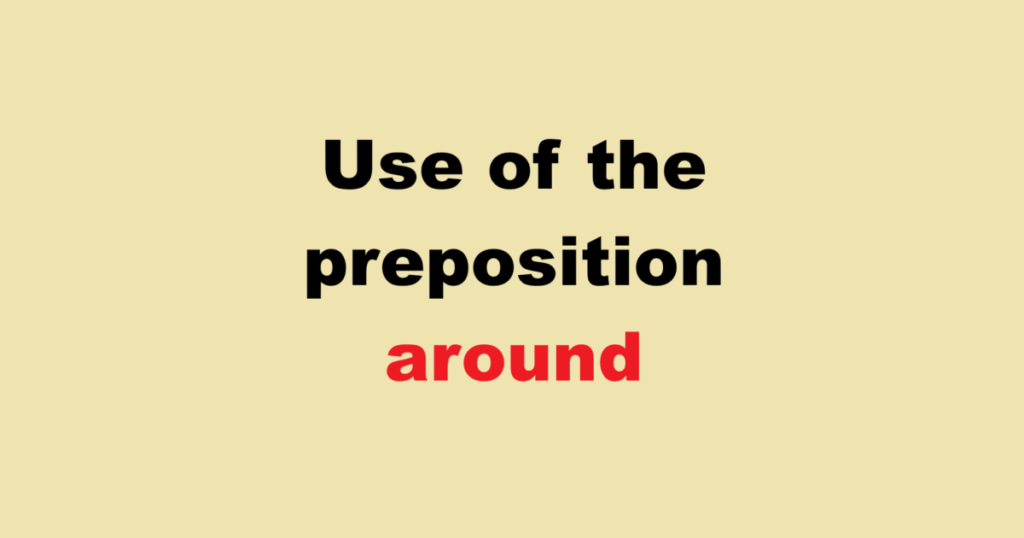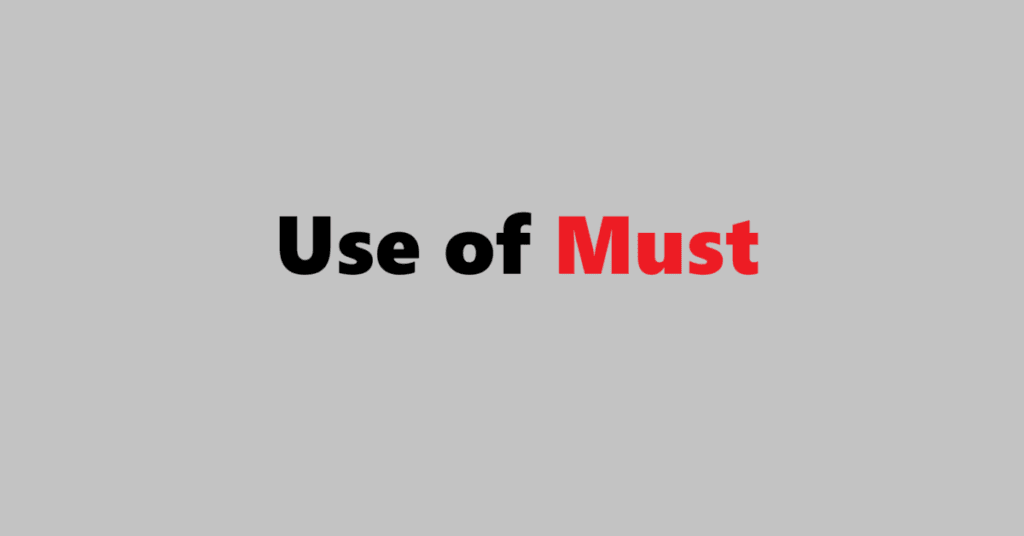A self introduction is a brief presentation of yourself, typically including your name, background, interests, and any other relevant details you wish to share. It is often used in various settings, such as in classrooms, job interviews, networking events, or social gatherings. A good self-introduction helps others understand who you are and can set the tone for further conversation.
Components of a Self-Introduction:
- Name: Start with your full name.
- Background: Share information about where you’re from or your educational background.
- Interests or Hobbies: Mention what you enjoy doing in your free time or your passions.
- Academic or Professional Focus: Discuss your current studies or career path, including your major or professional role.
- Goals or Aspirations: Optionally, you can include future ambitions or what you hope to achieve.
Examples of Self Introduction
You can find some useful introduction examples below. Please change the names to your name and your parents’ names. If you have any problems then please let me know.
Example 1: Hi, everyone. My name is Sunil Yadav, and I am a graduate student at DDU. I have a passion for cricket. And, I am excited to be a part of this class. I enjoy studying mathematics.
Example 2: My name is Sunil Yadav, and I am a graduate student at DDU. I have a passion for cricket and am excited to be a part of this class. I also enjoy reading mathematics.
Example 3: Hi everyone, My name is [my name], and I am studying in M. Sc. My school is Swajms. I have [number] years of experience in educational content, university studies, and writing. This experience has equipped me to help students with their university-related concerns. My hobbies include reading, writing, and researching. So, when I am outside work (where I read, write, and research) I still read, write, and research! Since I have turned my passion into my work, compiling helpful guides for people with questions to ask gives me great pleasure.
Example 4: Hi, I’m Aman, but people here call me Nick. I grew up in Mathiyania Khurd and lived there most of my life before moving to New Delhi. I speak Hindi, English, and Bhojpuri. I love word games and watch movies almost every day. I’ve always wanted to improve my English, so now that I have the time, I’ve finally signed up for Swajms English Speaking classes in Padrauna.
Example 5: My name’s Vishwajeet, and I’m from India. I was born in the North of India but I live in New Delhi. I work as a Safety engineer, and I don’t have much time for hobbies these days. But in the future, I’d like to try yoga. I’m taking this class because I want to improve my speaking in English.
Example 5: My name’s Ramesh Verma. I’m from Padrauna, but I live in Delhi. I’m a software engineer. My father’s name is Mr. Akhilesh Verma. He’s a teacher. My mother’s name is Mrs. Kunti Verma. She’s a homemaker. I’ve completed my engineering from Jamia. I’m an honest and self-motivated person. I do my job on time. My hobbies are reading books, playing basketball, and watching the news. That’s all, thank you, sir.
1. Classroom Introduction
“Hi everyone, my name is Amit Sharma. I’m 20 years old and currently a junior majoring in Computer Science at XYZ University. I’m really passionate about coding and technology. In my spare time, I love playing video games and learning about artificial intelligence. I’m looking forward to working with all of you this semester!”
2. Job Interview Introduction
“Good morning, my name is Reena Yadav. I have a Bachelor’s degree in Marketing from ABC University, and I’ve spent the last three years working as a marketing coordinator at a digital marketing agency. I specialize in social media strategy and content creation. I’m excited about this opportunity because I believe my skills in digital marketing will contribute to your team’s goals, and I’m eager to learn and grow within your organization.”
3. Networking Event Introduction
“Hello, I’m Rahim Ansari. I work as a financial analyst at DEF Corporation, where I focus on data analysis and financial forecasting. I have a degree in Finance from GHI University, and I enjoy connecting with others in the finance field. In my free time, I’m an avid runner and love to participate in local marathons. I’d love to chat and exchange ideas about industry trends!”
4. Informal Social Introduction
“Hey, I’m Ritika. I just moved to this city about six months ago from Seattle. I’m a graphic designer and love anything related to art and creativity. On weekends, you can find me at local coffee shops sketching or trying out new recipes in the kitchen. I’d love to meet people who share similar interests!”
5. Professional Conference Introduction
“Good afternoon, I’m Dr. Raj Patel, a researcher in biotechnology at JKL University. My work focuses on genetic engineering and its applications in medicine. I’ve published several papers on gene therapy and its potential to treat rare diseases. I’m here to learn more about current trends in the field and connect with fellow researchers. I believe collaboration is key to advancing our work.”
6. Self-Introduction for a Club or Organization
“Hello, my name is Samira Tripathi. I’m from Kushinagar, Uttar Pradesh, and I’m currently a sophomore at the University of Texas, majoring in Environmental Science. I have a passion for sustainability and enjoy participating in community clean-up events. In my spare time, I like hiking and exploring nature. After graduation, I hope to work in wildlife conservation to help protect endangered species. I’m excited to connect with others who share similar interests!”
FAQs on Self-Introduction
Here are some frequently asked questions (FAQs) related to self-introduction, along with their answers:
- What is a self-introduction?
- A self-introduction is a brief presentation or speech where you share information about yourself, including your name, background, interests, and relevant experiences. It helps others get to know you better.
- Why is self-introduction important?
- Self-introduction is important because it sets the tone for interactions, facilitates networking, and can help you make a strong first impression. It’s an opportunity to present yourself positively and connect with others.
- How long should a self-introduction be?
- A self-introduction should typically last about 30 seconds to 2 minutes, depending on the context. For casual settings, keep it shorter, while more formal or professional settings may allow for a bit more detail.
- What should I include in my self-introduction?
- Include your name, background (such as where you’re from and your education), interests or hobbies, and any professional or academic focus. You can also mention your goals or what you hope to achieve.
- How can I make my self-introduction engaging?
- To make your self-introduction engaging, be authentic, use a friendly tone, and include personal anecdotes or interests that resonate with your audience. Asking a question at the end can also encourage interaction.
- Can I use humor in my self-introduction?
- Yes, using light humor can be effective if appropriate for the context and audience. It can make your introduction memorable and help break the ice, but be sure to keep it tasteful and relevant.
- What if I’m shy or nervous about introducing myself?
- It’s normal to feel nervous about self-introductions. Practice your introduction a few times to build confidence. Remember to take deep breaths, smile, and focus on the positive aspects of sharing about yourself.
- Should I tailor my self-introduction for different audiences?
- Absolutely! Tailoring your self-introduction to your audience helps you connect better. Adjust your language, focus, and details based on whether you’re speaking to peers, potential employers, or new friends.
- What if I don’t have a lot of experience to share?
- If you’re early in your career or education, focus on your interests, aspirations, and any relevant coursework or projects. Emphasizing your enthusiasm and willingness to learn can leave a positive impression.
- Is it okay to provide contact information during a self-introduction?
- In professional or networking situations, it’s appropriate to offer your contact information, such as your email or LinkedIn profile, especially if you’re looking to connect further. In casual settings, this may not be necessary.

